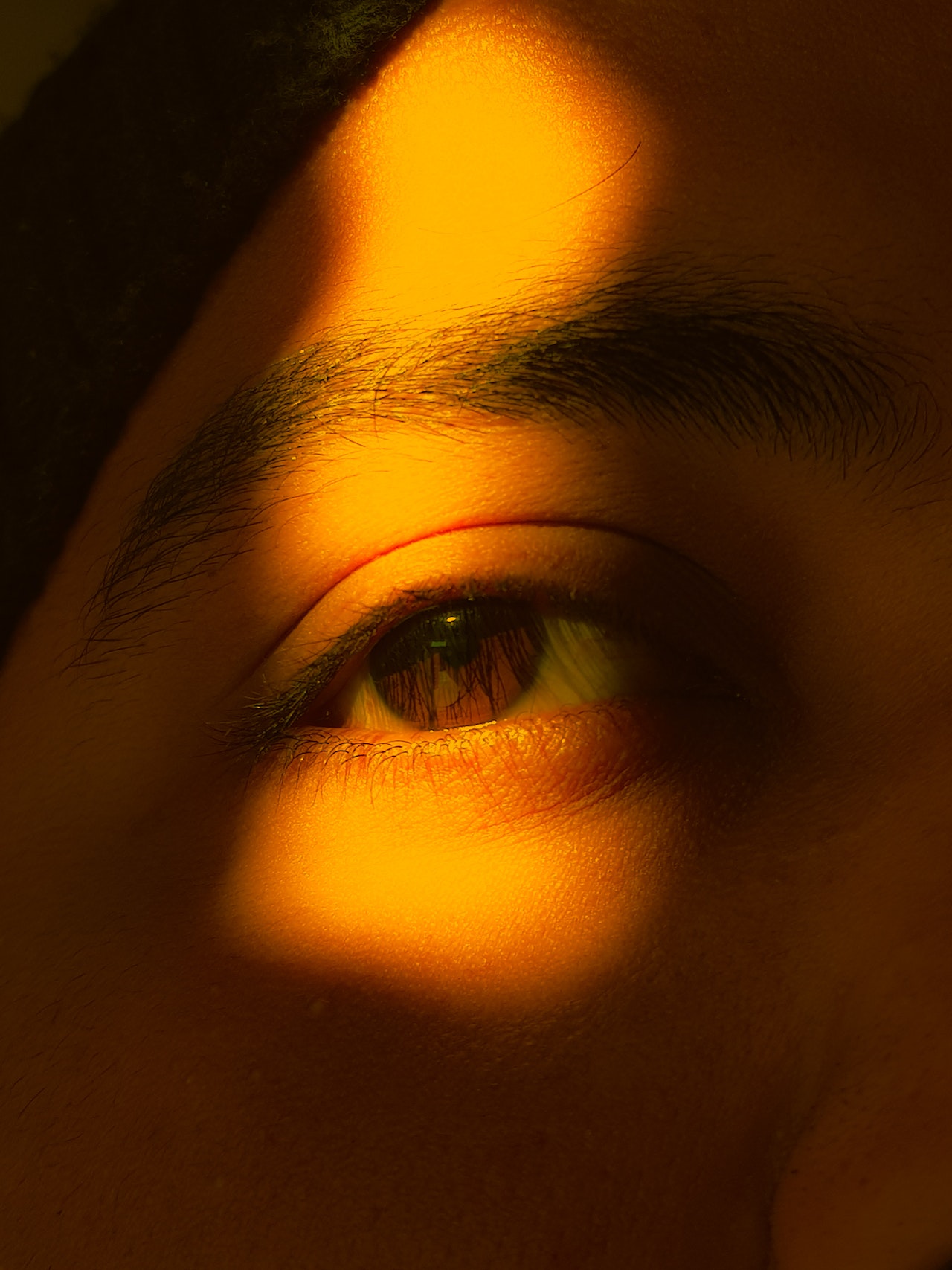From near- and far-sightedness to astigmatism, there are a variety of eye conditions that can affect people’s vision. But which one is the worst? The answer to this question varies from person to person, as everyone’s experience with an eye condition is unique. However, there are certain eye diseases that can be more debilitating and have more lasting effects than others.
In this blog post, we will explore the various types of eye conditions and which one may be considered the “worst” based on severity and impact. We’ll also discuss potential treatments for each condition and ways to prevent them from worsening over time.
By the end of this post, you should be able to better understand the different types of eye conditions and how each one can affect your vision. You’ll also have a better idea of which one may be considered the worst and why.
What are the different types of eye conditions/diseases?
There are many different types of eye conditions and diseases, but some are more serious than others. Here is a list of the different types of eye conditions and diseases, from least to most serious:
– Conjunctivitis: This is an inflammation of the thin layer of tissue that covers the front of the eye (the conjunctiva). It is usually caused by an infection or an allergy, and is usually not serious. Symptoms include redness, itchiness, and watery eyes.
– Glaucoma: This is a group of diseases that damage the optic nerve, which carries information from the eye to the brain. It is often caused by increased pressure in the eye. Symptoms include gradual loss of peripheral vision. If left untreated, glaucoma can lead to blindness.
– Macular degeneration: This is a disease that affects the macula, which is the central part of the retina (the light-sensitive layer at the back of the eye). It leads to gradual loss of central vision. There are two types of macular degeneration: dry and wet. Wet macular degeneration is more serious than dry macular degeneration, as it can lead to rapid vision loss.
– Cataracts: This is a clouding of the lens of the eye, which leads to blurred vision. Cataracts are common in older adults, and can be treated with surgery.
Read More : How rare are Sanpaku Eyes
Which eye condition/disease is the worst?
There are a few different eye conditions and diseases that can be considered the worst, depending on the person’s individual situation. For example, someone who has lost their vision completely would probably say that blindness is the worst possible outcome. Other people might say that conditions like glaucoma or macular degeneration, which slowly erode vision over time, are worse than blindness because of the gradual decline in quality of life.
Ultimately, there is no definitive answer to this question. What might be considered the worst eye condition or disease for one person may not be as devastating for another. It all depends on the individual’s personal circumstances and how they cope withvision loss or other eye issues.
What are the symptoms of this eye condition/disease?
The most common symptom of this eye condition is blurred vision. Other symptoms may include:
-Eye pain
-Headache
-Nausea
-Vomiting
-Sensitivity to light
This condition can be very debilitating and even cause blindness if it is not treated promptly and effectively.
In addition to these general symptoms, the specific symptoms for this eye condition may vary depending on its exact cause. For example, if it is caused by an injury or trauma, you may experience swelling or redness around the affected area. If it is caused by an infection, you may have discharge from the eyes and feel like there is something in your eye.
Also Check it : Celebrities with Sanpaku Eyes
How can this eye condition/disease be treated?
There are a variety of treatments available for different eye conditions and diseases. Some common treatments include surgery, medication, and lifestyle changes.
Surgery is often used to treat more serious conditions, such as cataracts or glaucoma. Medication can be used to treat less serious conditions, such as dry eye or allergies. Lifestyle changes, such as quitting smoking or wearing sunglasses, can also help improve some eye conditions.
There are many different treatments for eye conditions and diseases, depending on the specific condition or disease. Some common treatments include glasses or contact lenses, eye surgery, medications, and therapies.
Glasses or contact lenses are often used to improve vision in people with refractive errors, such as myopia (nearsightedness), hyperopia (farsightedness), and astigmatism. Eye surgery can be used to treat certain eye conditions and diseases, such as cataracts, glaucoma, and age-related macular degeneration. Medications can be used to treat conditions such as allergies, dry eye, and inflammation. Therapies, such as vision therapy, can be used to treat conditions such as amblyopia (lazy eye) and strabismus (crossed eyes).
Also Read : What Causes Sanpaku Eyes
Conclusion
The answer to this question is highly subjective as different eye conditions can have different impacts on an individual’s life. However, the one condition that has the potential to be the most devastating is glaucoma, due to its ability to cause permanent vision loss. Glaucoma has no known cure and can lead to a complete loss of sight if left untreated or if treatments are unsuccessful. For this reason, it could be considered the worst eye condition/disease available today since it carries with it such a risk of irreversible damage being done.












